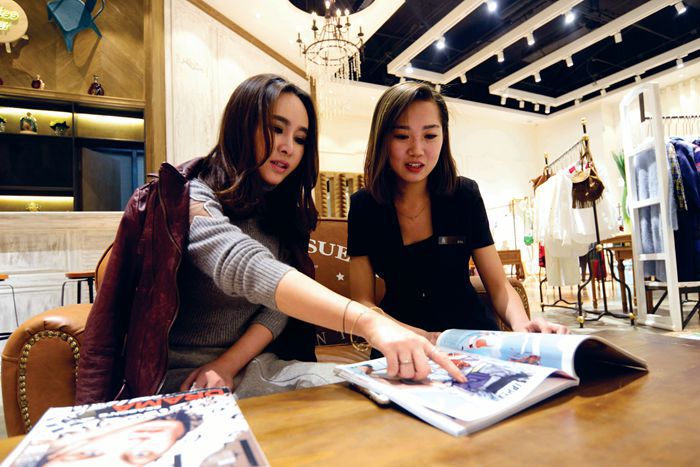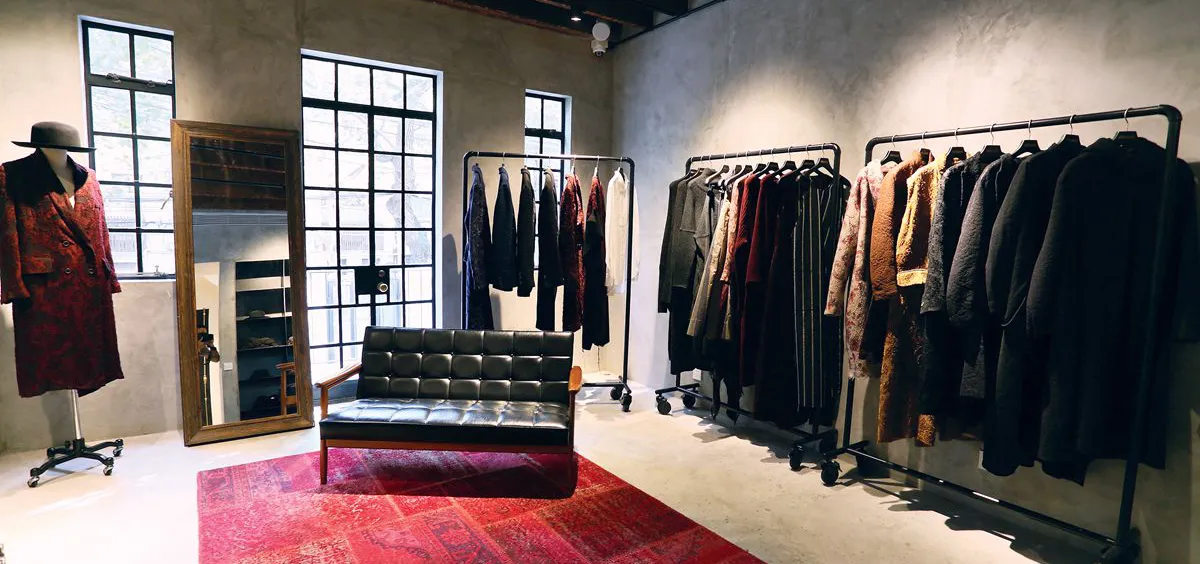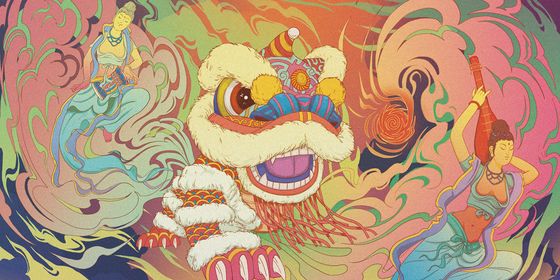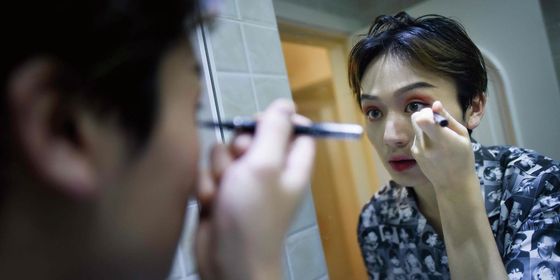Professional fashion buyers use a passion for Chinese design to make their hobby a vocation
“The soul of a buyer shop is the taste of its buyer,” says 31-year-old Xun Bing, a fashion buyer who now owns boutiques in Sydney and Shanghai.
Xun used to dream of being a designer, but after getting her bachelor’s degree in the subject, she developed an interest in business, and looked for a way to combine it with her creativity. “It’s not only about selling products, but presenting an attitude,” she tells TWOC of her current career, which involves trend-spotting and recommending promising brands and designers to shoppers who visit her stores.
In the fashion industry, buyers (买手) “are the link connecting brands, sales channels, and consumers,” Hong Huang, fashion editor and founder of buyer store Brand New China, told Lifeweek magazine in 2013.
Until recent years, though, buyers’ role in the industry was probably the least well-understood—and not only by the public. “Through buyers and buyer shops, designers can learn more about the market,” Hong explained. However, “lots of [independent] designers never have any contact with customers, but just open a little workshop for fun and stay in there tailoring and cutting all day…at most, a friend of theirs might say, ‘I like your clothes, make one for me?’”
This amateurism wasn’t just bad for designers, it hindered the spread of Chinese designs to the world. “[I’ve] been covering Chinese designers for eight years, but…when readers called to ask, ‘I’m interested in that product you featured, where can I buy it?’ I had to say, ‘you can’t,’” Hong told Lifeweek. “I realized I could devote pages to ‘Designed in China,’ but there was still a real distance before it can be brought to market.”
Professional fashion buyers first appeared in Europe half a century ago, and today, most are still employed by international labels or department stores. Their main job is to attend trade shows, visit showrooms, and flip through lookbooks to source marketable styles and designers to sign.

Customers of most buyer boutiques are affluent
It wasn’t long, though, before some decided to strike out on their own, leading to the creation of multi-brand stores, or “buyer boutiques” (买手店) in Chinese. Operating like a niche-market personal shopping service, these stores curate some pieces for the showroom, but their real target customers are “professionals, mostly women…who don’t want to appear at events in outfits that clash with anyone else’s,” and rely on buyers to scout out little-known brands, explained Hong. (Most are “second-generation rich” or overseas returnees, she added.)
Hong’s Brand New China has cooperated with at least 150 Chinese designers, a far cry from when China’s first buyer shop appeared in Shanghai in 1996. The buyer industry had taken time to develop in China, with luxury multibrand store Galeries Lafayette’s first flagship outlet closing only one year after its debut in Beijing in 1997. Lane Crawford’s Shanghai store opened in 2000 and closed in 2006.
That all changed around 2010, thanks to China’s growing middle class picking up the trend. According to a 2014 report by research firm RET and Fashion Trend Digest, four times as many buyer shops opened between 2010 and 2013 than the previous 14 years combined, with some even appearing in “second and third-tier cities.”
By 2014 homegrown stores accounted for 55.6 percent of the mainland market for buyer stores. “[Middle-class] consumers have started to pursue individualistic and distinctive labels, with their interest gradually shifting from popular mainstream luxury brands to those that express unique personalities,” opined Ye Qizheng, editor-in-chief of Fashion Trend Digest, to Jing Daily in 2014.
These buyers in turn created new platforms for local designers. In 2009, Beijing’s Wudaoying Hutong saw the opening of Dong Liang, a multibrand store featuring homegrown designs only. Since 2014, the store has hosted the “Dong Liang One Day” show at Shanghai Fashion Week every year, allowing Chinese designers to showcase their work. “We are like a window for the fashion industry from abroad to look at…Chinese creativity,” boasted co-founder Tasha Liu to Time Out in 2011.
Xun believes that buyer stores like hers are on the cusp of a revolution. “Customers may be tired of the sales model in department stores.” Online shopping, meanwhile, comes with no guarantees of quality or customer service.
But not everyone shares Xun’s optimism. Chu Chu, a brand-employed buyer for Stuart Weizman, with nine years’ experience in fashion industry, tells TWOC that “successful buyer shops” are not as common as people think. They recently “boomed” simply because there were so few to begin with, and, as buyer Sun Ying told news site Jiemian in 2017, media hype had “misled people to think it’s easy to run a buyer shop.”
“Most buyer shops can only be seen in developed regions, which is far from enough to compete with e-commerce platforms,” Chu adds. Taobao and other e-market places, in spite of their reputation for unreliable quality and copying, may bebetter—or at least less costly—bridges between independent designers and their market.
This means that despite the odd successful shop that “discovered” and profited by launching the career of an unknown designer, most still bow to market pressure. “Maybe 10 percent of the goods [in the store] are there to show the buyer’s class and taste, but make no profit, while the other 90 percent follow the market’s trends,” Chu estimates.
It’s not all bad news, though. The fact that buyer shops are continuing to increase mean that “China’s developing market has cultivated more mature customers and diversified aesthetic tastes,” Chu believes. It only remains to be seen if their appetite can match that of China’s buyers—or if the latter have bitten off more than they can chew.
Buyers’ Market is a story from our issue, “China Chic.” To read the entire issue, become a subscriber and receive the full magazine.












